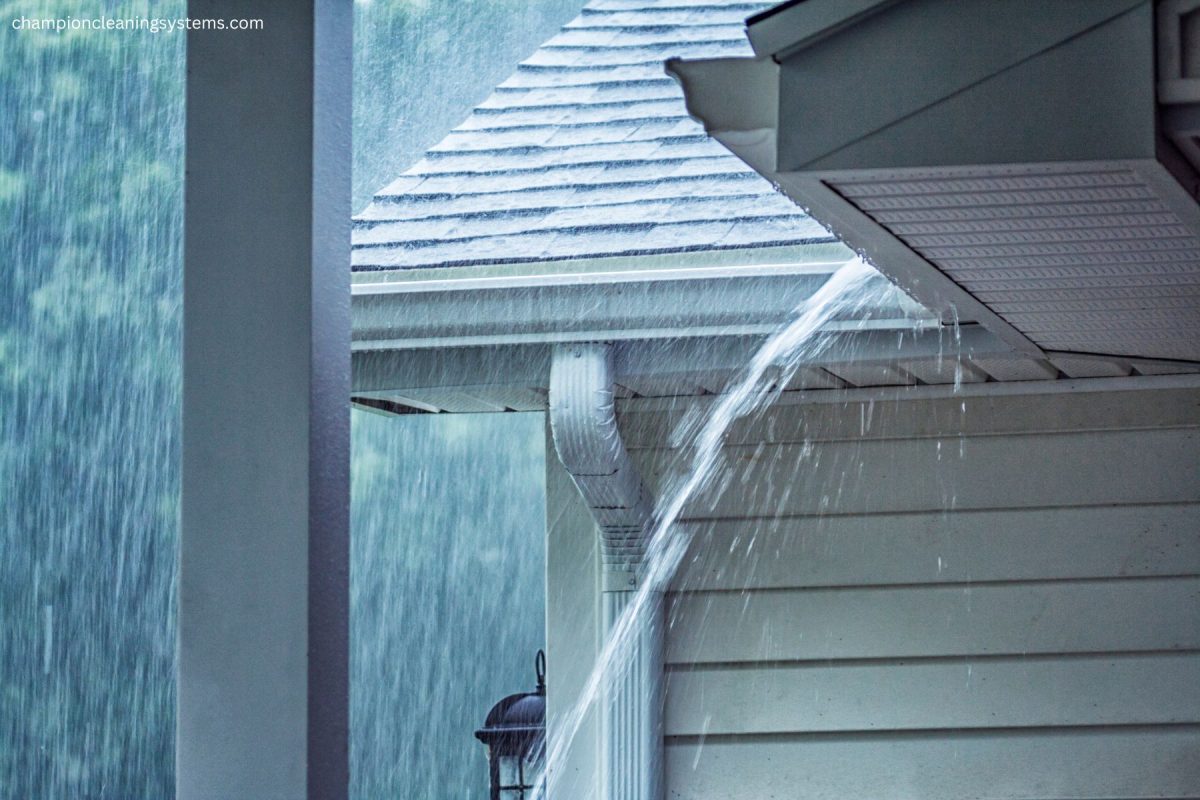In Part 1 of this guide, we covered the essential steps to clean out debris, inspect for damage, test water flow, and ensure proper downspout placement. Now that your gutters and downspouts are cleared and inspected, it’s time to focus on advanced steps to winter-proof your home’s drainage system. These additional measures can help prevent costly damage and ensure your home remains protected throughout the season.
5. Install Gutter Guards
Gutter guards are an effective way to minimize debris buildup and reduce maintenance throughout the winter months.
- Types of Gutter Guards: Consider mesh screens, foam inserts, or reverse curve systems to keep leaves and debris out while allowing water to flow freely.
- Benefits: Gutter guards help prevent clogs, reduce the risk of ice dams, and extend the life of your gutter system.
- Installation: Most types of gutter guards are easy to install on your own, but professional installation ensures a perfect fit.
6. Insulate and Ventilate Your Attic
Preventing ice dams—those heavy buildups of ice at the roof’s edge—requires more than just clean gutters. Proper attic insulation and ventilation are critical.
- Why It Matters: Heat escaping from your attic melts snow on your roof, which then refreezes at the edges, forming ice dams.
- Check Insulation Levels: Ensure your attic has sufficient insulation to keep warm air inside your home.
- Improve Ventilation: Proper ventilation allows cold air to circulate, maintaining a consistent roof temperature.
7. Seal Leaks and Tighten Connections
Cold weather can cause existing issues in your gutters and downspouts to worsen. Now is the time to ensure every connection is secure and watertight.
- Seal Leaks: Use waterproof caulk or gutter sealant to patch any cracks, holes, or leaks.
- Reinforce Connections: Tighten screws, brackets, and fasteners to keep gutters securely attached to your home.
- Replace Damaged Sections: If any part of your gutter system is beyond repair, replace it before freezing temperatures set in.
8. Ensure Proper Drainage Around Your Home
In addition to checking your downspouts, take steps to ensure water drains safely away from your home’s foundation.
- Extend Downspouts: Add extensions or splash blocks to carry water 4-6 feet away from your foundation.
- Grade the Landscape: Ensure the ground around your home slopes away to direct water flow.
- Inspect French Drains or Dry Wells: If you have additional drainage systems, ensure they are clear and functioning properly.
9. Prepare for Snow and Ice
Winter weather can be harsh on your gutters. Preparing for snow and ice will help protect your system.
- Install Heat Cables: Heat cables or de-icing systems can prevent ice from forming in your gutters and downspouts.
- Keep Gutters Clear: After heavy snowfalls, carefully remove snow from your roof and gutters to reduce weight and prevent ice dams.
- Monitor for Ice Buildup: Regularly inspect your gutters for ice and address any issues promptly.
10. Schedule a Professional Inspection
If you’re unsure about the condition of your gutters and downspouts or don’t have the time or tools to perform a thorough check, hire a professional.
- Benefits of a Professional Inspection: Experts can identify potential problems you might miss and recommend effective solutions.
- Preventative Maintenance: Professional cleaning and inspection ensure your gutters are in top shape before winter hits.
Final Thoughts
Taking the time to prepare your gutters and downspouts for winter not only protects your home from water damage but also gives you peace of mind during the coldest months. By following the steps in this guide, you can avoid common winter-related issues such as ice dams, leaks, and foundation problems.
At Champion Cleaning Systems, we’re here to help with all your home maintenance and water damage restoration needs. If you need assistance with gutter cleaning or repairs, contact us today. A little preparation now can save you from costly headaches later.


